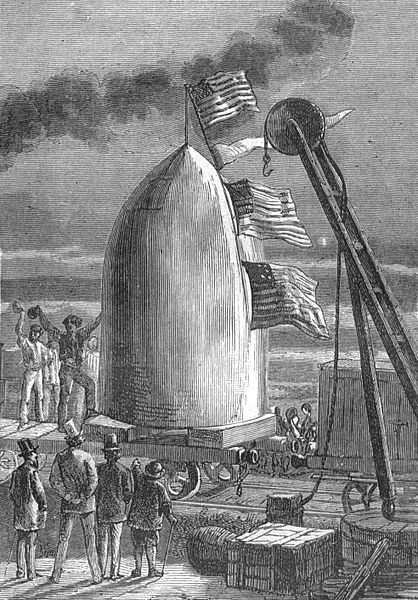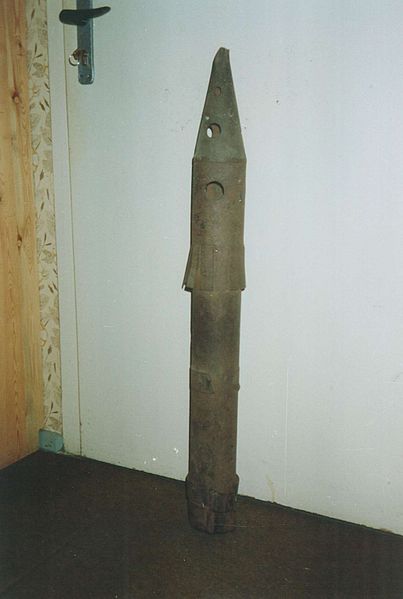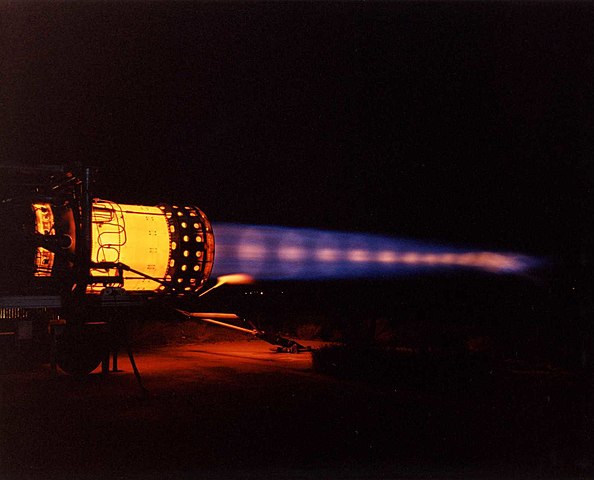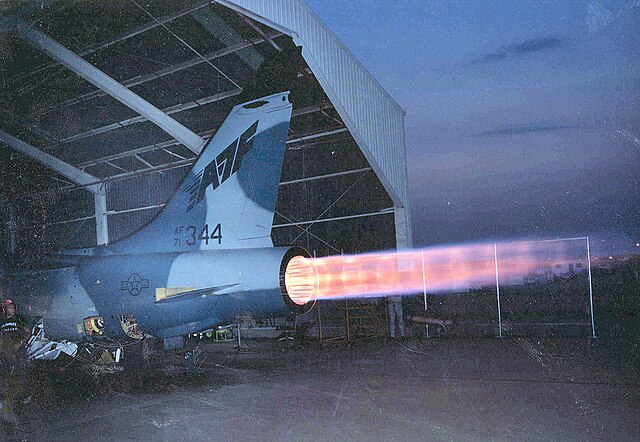We just learned about the The Rocket into Planetary Space - Hermann Oberth.
Another part of rocket history are the World War II Rockets.
The science of making rockets has always been spread out between people who use them for fun to make big explosions,
people who try to make them for travel like flying into outer space,
and people who try to make them for war blow up and hurt people.
During World War II, there were many different types of rockets made for war.
Some were made for anti-aircraft, meaning they shot from the ground to try and blow up airplanes.
Others were made to launch from the ground and then land at another city and blow it up.
Still others were used to shoot from one aircraft to another.
The Germans and Russians were the ones that made the most rockets like the German Nebelwerfer or V-2, and the Russians RS-132 and Katyusha.
The Allied forces like the US or England made some ground to air rockets that they would attach to tanks or pull along like a wagon.
During this time the science of making rockets was all about war and who could blow up the other person.
It helped make the world of rockets better, but it also was very dangerous for the world as they killed over 10,000 people.
Even making these rockets was dangerous, and 20,000 people died in explosions when they were trying to make the rockets.

(from: wikipedia - bachem ba 349)

(from: wikipedia - nebelwerfer)

(from: wikipedia - katyusha rocket launcher)

(from: wikipedia - rs-82 (rocket family))
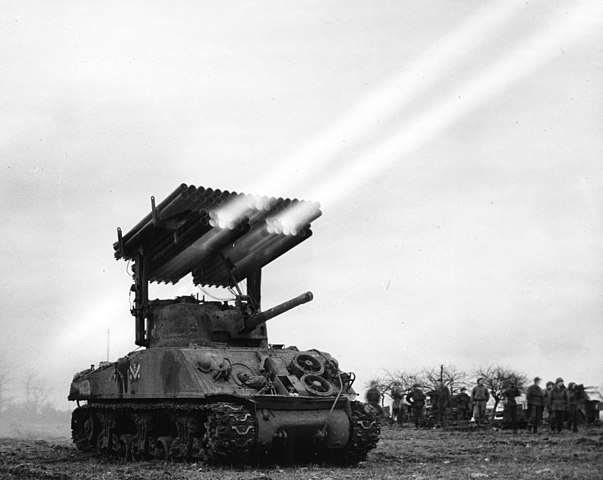
(from: wikipedia - t34 calliope)
Kid Facts - Blast from the past: Volcano Tectonic Earthquakes









